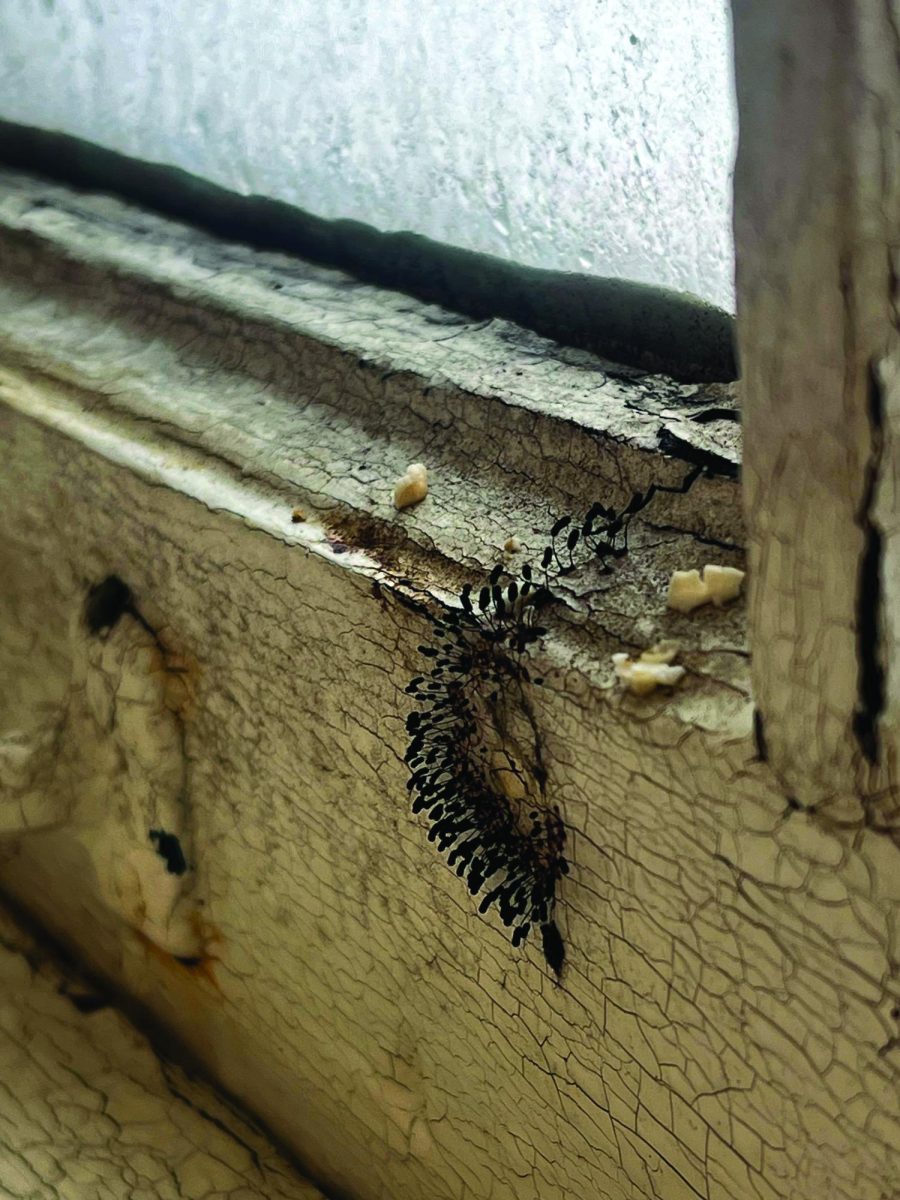By CHELSEA FLEISCHMAN
News Co-Editor
[email protected]
Forty to fifty percent of the college community, including students, faculty and staff, received the e2Campus alert text on Wednesday morning according to Jeff Schneider, director of the Office of Safety and Security.
Schneider said that Safety and Security heard about the fugitive chase advancing toward campus from their police scanner and immediately reacted.
“I called the Dean’s office and said, ‘you better get down here, we have to get some crime alerts out and this is what we have unfolding before us,’” he said.
Schneider said that they followed protocol as planned by the Administrative Executive Committee and that the executive committee met to discuss how to proceed.
Dean of Students Joe DiChristina said that the emergency protocols were last revised in 2007, but that they are reviewed and amended each summer.
“Yesterday, we employed our protocols,” he said in an e-mail. “Jeff Schneider is in command during incidents such as these and staff from Residence Life and Dean of Students office assist.”
DiChristina said the assisting staff manage communication systems to campus, respond to inquiries, communicate with the police, allocate and direct resources, and provide for general safety to the community.
“This is the first time we had to employ our response team for an incident such as this,” DiChristina said. “We had to coordinate responses for weather related issues but not this type of incident.”
College historian Jonathan Helmreich said that he can’t remember any particular incident where a serious, dangerous person was being pursued in the immediate area.
The e2Campus Alert text is a part of a national system. The text was received at 11:44 am, and an e-mail alert at 11:58 am.
“Typically the cell phone one comes across a lot sooner than does the e-mail and I don’t know why that is,” he said.
Tavita Garrett, ’12 said that she immediately forwarded the text to her friends when she received it.
“I know no one signs up for that stuff,” she said of the e2Campus Alert texts.
The texts were only sent to the 40 to 50 percent of the campus community that enrolled in the service, which requires users to renew their registration at the beginning of every year.
DiChristina said that when the College purchased the e2Campus Alert system, they did so with the hope that 50 percent of the community would sign up.
“Our data shows that to be the case,” he said. “Each year we send a message for people to sign up and they can choose or not. Based on this incident, we plan to send another reminder in case people wish to do so now.”
Wednesday’s security alerts were comprised of three elements. In addition to the e2Campus Alert system, a KBOX alert message appeared in the bottom right corner of all College-owned computers. There were also six campus alert or update e-mails that everyone received between Wednesday and Thursday. These messages were sent to the Office of Public Relations to then be posted on the web.
Once Safety and Security received word that the suspect was being pursued on foot, had an issued felony arrest warrant and could be armed and dangerous, they began closing buildings.
Matthew Turner, ’15, was enrolled in the e2Campus Alert System for texts. He thought that the campus’ reaction was rather calm.
“I don’t think there was much panic, but there didn’t seem to be much enforcement of the ‘stay inside’ that I saw because there were a lot of people outside afterwards, at least a few hours after the first text,” he said.
Schneider said that Safety and Security communicated with the city personal, police dispatch, and the Meadville Police Department assistant chief. Aside from opening the dining halls, all buildings were on lockdown until 6:30 am on Thursday morning. Security guards were posted at Brooks.
“We wanted them to have a visible presence during dining hours,” he said. “People had questions and that sort of thing.”
Desiree Evanson, ’13, noticed that there were College personnel around to answer questions, but it seemed to her that the amount of available information was limited.
“The initial response is usually within the first 15 to 20 minutes and that’s what we did down at the observatory at the Safety and Security office,” Schneider said. “Those are the critical moments when we have to get the message out.”



